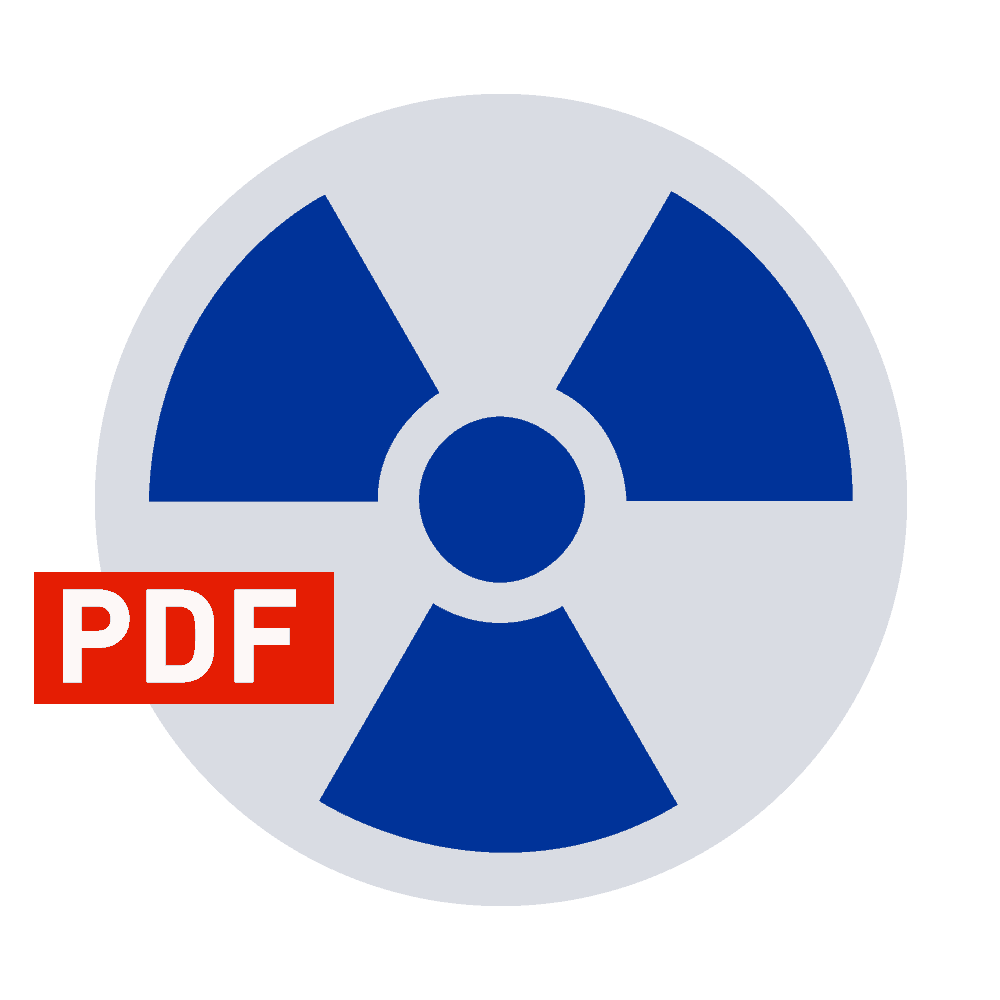Digital Publishing and Database Publishing with PDFreactor
In the scope of digitalization, a lot of enterprises have to face challenges to match their printing needs. The range of media applications are ever evolving and cannot be longer reduced to print. That is where digital publishing comes into action – also referred to as cross media publishing or multi-channel publishing. With the integration of PDFreactor you have multiple possibilities to streamline your publication process across multiple media formats both in the print and electronic field.


